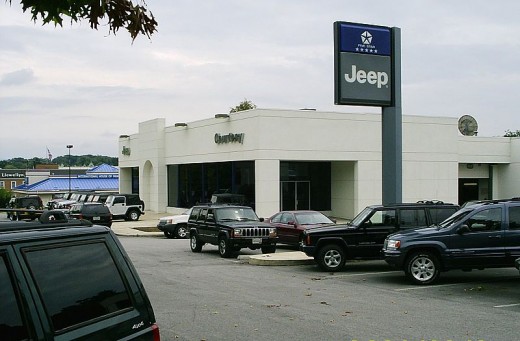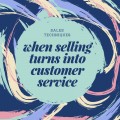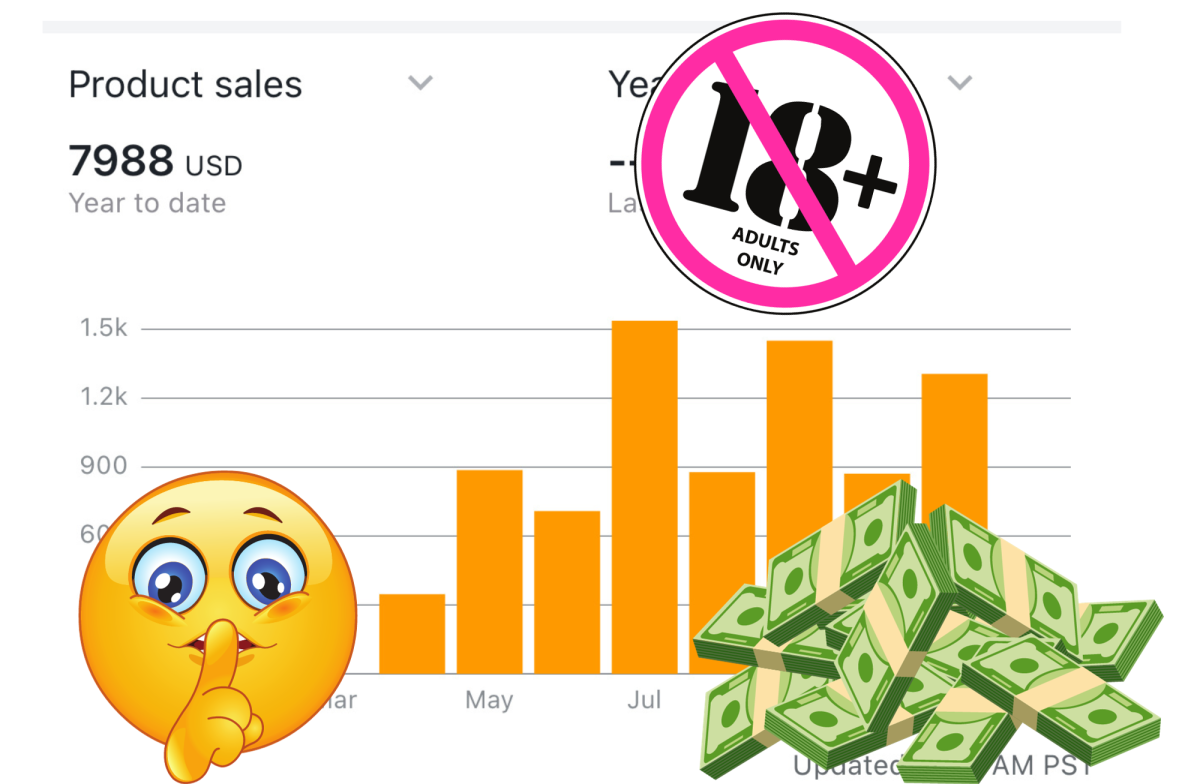- HubPages»
- Business and Employment»
- Marketing & Sales»
- Sales & Selling
How to Sell: An Introduction to the Sales Process

It doesn't matter what kind of sales your are in, whether it be insurance, car, retail, etc., your knowledge of the sales process can make a great impact in your closure rate. The process is five steps, introduction, qualifying, presentation, closing, follow-up. Going through these five steps will minimize rejection and increase your closure rate.
1. Introduction
In this step, your introduce who you are. The first thing you must sell is yourself. Making your client comfortable with you makes your job of selling that much easier. Being personable, respectful, and polite make you an easy person to work with. Having as much information as possible on what your selling helps make you a trustworthy person to buy from. Conveying both parts of this will make your client believe you are someone to buy from. Ever had someone tell you, "Just tell me what I need, you seem to know more about it than I do?" If so, you have effectively conveyed trustworthiness and knowledgability.
2. Qualifying
In this step, you have already sold yourself to your client and are now getting an idea of their needs and wants. In insurance, this can be figuring out what things a client wants in an auto insurance policy. In car sales, it could be finding out whether your buyer is looking for a van, truck, or car and what features are important to them. Gathering information in this stage is all about asking your client questions. In retail, you may be finding out that your customer has to fix a screen and wants to fix it instead of replacing it. As a general rule of thumb, you should ask no less than six questions. In most cases, you will ask many more than that. It is common in retail stores for sales people to ask too few questions, only asking one or two, or maybe none at all. This also detracts from another important aspect to sales, your perceived interest in the customers problem or purchase. More and more people are looking for service-minded companies. Not catering to this may leave you out of a job.
3. Presentation
In this step in the process, you've already narrowed down what your customer needs. This is when you show them the products or services you have that will remedy their problem or fulfill their needs. Presenting options to your client needs to be simplified. Don't give them too many products to choose from at once. As a general rule, no more than three products should be presented at one time. This avoids confusing the customer with too many choices, and possibly driving them to the competitor. Effectively communicating the features and benefits of a product is important in this stage. Remember, benefits are the ways a product or service makes your customers life better. Features are physical attributes of the product. Selling benefits is a much more effective way of selling. While features are important, customers want to know what it will do to make their life easier or better.
4. Closing
Closing of the sale is a very misunderstood, and usually unliked part of the sales process. Most people don't want to feel like their being sold too. However, there are two general types of closing, hard and soft. Most retail stores use soft methods of closing. This form uses little or no sales pressure to make the sale. For must customers, this is a preferred method because it is low pressure and more comfortable for them. A hard close is typical of a car dealership. In this form, the salesman will be more persistent about making the sale. Dealers know that once a customer leaves the lot, chances are they aren't coming back. This leads to sales people making a conscious effort to keep customers on the lot by any means necessary.
Closing doesn't have to be an uncomfortable situation for sales person or client. If you have have gone through the other three steps effectively, you will have a good working relationship with your client. This makes you more comfortable in making suggestions to them because you have taken the time to get to know them and their needs. They are more comfortable with you because they know your qualifications and you have given them the perception that you care about them, their situation, and their needs. Asking for the sale is a term used a lot when closing. It sounds much more invasive than it really is. In retail, it can be merely offering a cart to the customer to haul their purchase. It can be, "Can I write that up for you?" The notion of closing the sale has a stigma in our culture. Properly going through the first three steps will alleviate most if not all of that and make you a much more successful salesperson.
5. Follow-up
This is the last step of the sales process, and it's just as important as any other. Following up with clients furthers the perception that you care about them. Following up can be calling after the purchase to verify that the customer is having no problems with their product or service. It can also be mailings or surveys to gain insight into your customers buying experience to further perfect your sales technique. Following up with your customers is a must in making them repeat customers
These steps are simple, buy very effective. Sales and selling is all about perceptions. Your clients' perception of you is who you are, like it or not. Making sure that perception is a good one is all on you, so make it a good one. Happy Selling!





